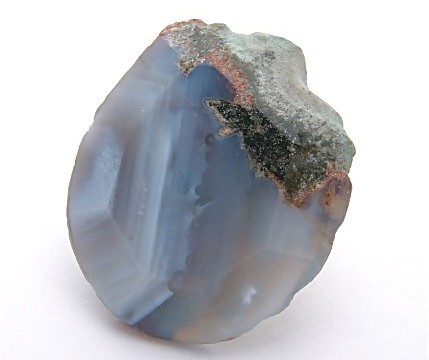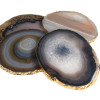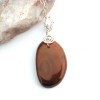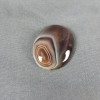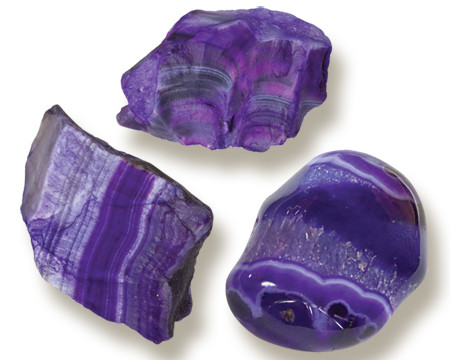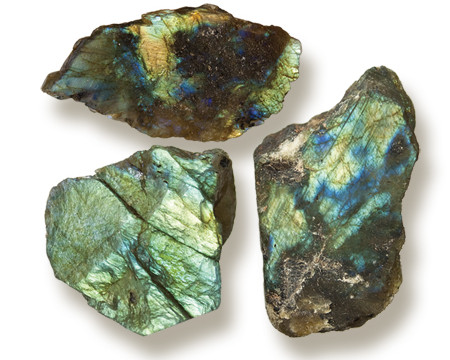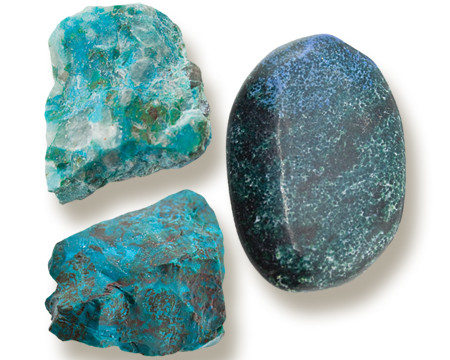Product Description
FOUND IN: BRAZIL, CHINA, INDIA, SCOTLAND & USA
Agate is a semi-precious gemstone, and defined as a “banded chalcedony”, or a variety of quartz, filled with a translucent, multicolored chalcedony, some with parallel bands. The composition is silica with a variety of trace elements. The names of agate varieties are chosen for their appearance or how they are cut. Therefore, there are many agate “varieties”
METAPHYSICAL:
n/a
SCIENTIFIC:
Color: Colorless with green inclusions
Color of streak: White
Moh’s hardness: 6½-7
Specific gravity: 2.58-2.62
Cleavage: None
Fracture: Rough
Crystal system: Hexagonal (triagonal), microcrystalline
Chemical composition: SiO2 silicon dioxide
Transparency: Translucent
Refractive index: 1.54-1.55
Double refraction: up to +0.006
Dispersion: None
Pleochroism: None
Absorption spectrum: Not usable
Fluorescence: Variable

